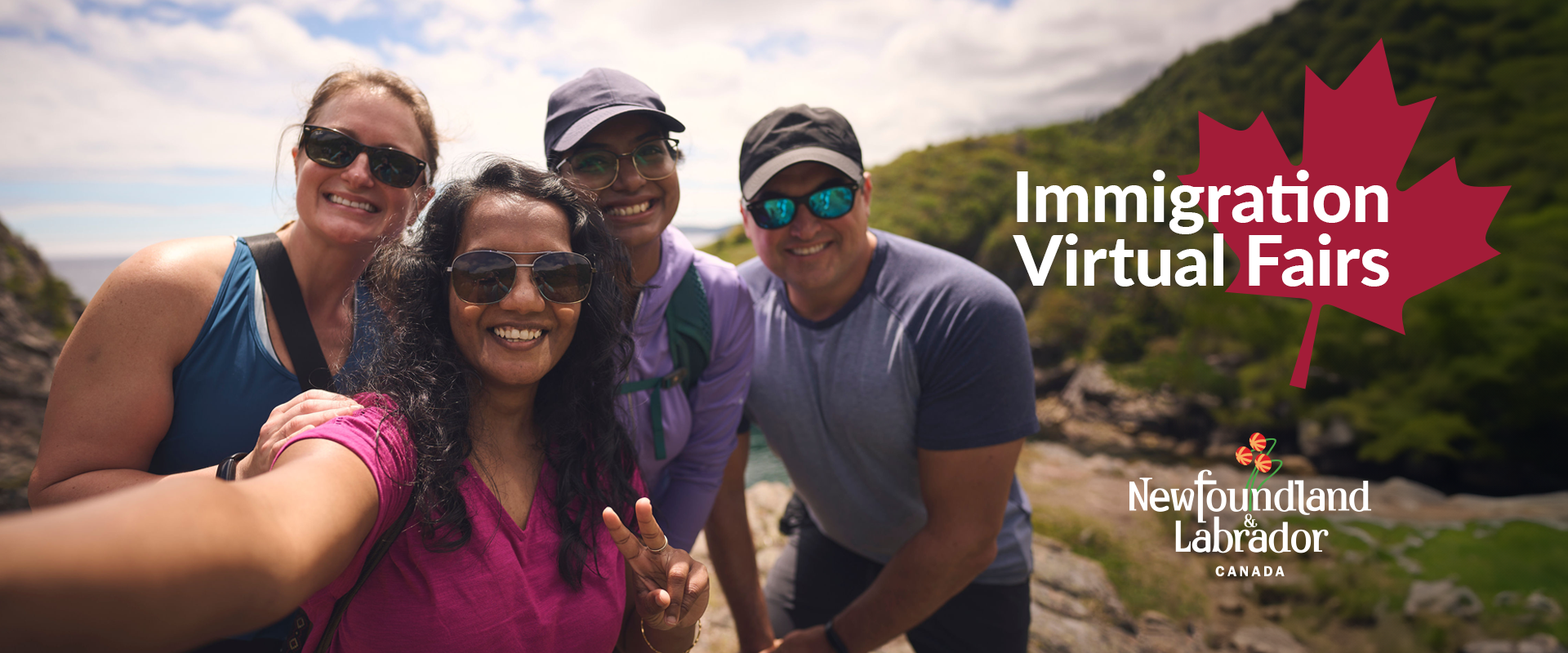Are you a qualified and experienced caregiver or nurse who wants to work and live in Australia? Do you have a passion for providing care and support to the elderly, disabled, or chronically ill people? If yes, then you may be eligible for a caregiver nursing visa in Australia.
A caregiver nursing visa is a type of sponsored visa that allows overseas workers to fill a nominated skilled role in the aged care sector in Australia. There are different visa options for skilled sponsored workers, depending on whether you want to stay in Australia temporarily or permanently and whether you have an employer who is willing to sponsor you.
In this blog post, we will explain the different visa options, the eligibility criteria, the application process, and the benefits of obtaining a caregiver nursing visa in Australia.
Visa Options for Caregiver Nursing in Australia
There are three main visa options for caregiver nursing in Australia:
1. Temporary Skill Shortage Visa (TSS) (subclass 482)
This visa allows you to work in Australia for up to four years, depending on your occupation and the contract. You can only work for the employer who sponsors you or an associated entity, unless you are exempt from this requirement.
To be eligible for a work visa in Australia, you need to have the necessary skills and experience required for the job you’re applying for. Additionally, you must have at least two years of relevant work experience in the occupation or a related field. If you’re granted a visa, you can also bring your family members with you to Australia. They will have the opportunity to work and study there.
You can apply for this visa online, and the processing time is usually between one and three months. The visa fee is AUD 1,265 for the main applicant, AUD 1,265 for each additional applicant over 18 years old, and AUD 320 for each additional applicant under 18 years old. You may also need to pay other costs, such as health checks, police certificates, and biometrics.
2. Employer Nomination Scheme (ENS) (subclass 186)
This visa allows you to work and live in Australia permanently. There are no geographical restrictions, and you can work for any employer in any location. You must have an employer who is willing to nominate you for a permanent position, and the employment must be for at least two years after the visa grant.
To be eligible to work in Australia, you must fulfill the necessary skill and qualification requirements. This may include a skills assessment, unless you are exempt from this requirement. Additionally, if your occupation requires registration or licensing, you must possess the relevant documentation. Fortunately, you may bring your family members with you to Australia, and they can work and study there as well.
You can apply for this visa online, and the processing time is usually between six and nine months. The visa fee is AUD 4,045 for the main applicant, AUD 2,025 for each additional applicant over 18 years old, and AUD 1,010 for each additional applicant under 18 years old. You may also need to pay other costs, such as health checks, police certificates, and biometrics.
3. Skilled Employer Sponsored Regional (Provisional) Visa (Subclass 494)
This visa allows you to work and live in a designated regional area in Australia for up to five years. You must have an employer who is willing to nominate you for a position in a regional area, and the employment must be for at least five years after the visa grant.
You must also meet the skill and qualification requirements, which may include a skills assessment unless you are exempt from this requirement. You must also have relevant registration or licensing, if required for your occupation. You can also bring your family members with you to Australia, and they can work and study there.
You can apply for this visa online, and the processing time is usually between six and nine months. The visa fee is AUD 4,045 for the main applicant, AUD 2,025 for each additional applicant over 18 years old, and AUD 1,010 for each additional applicant under 18 years old. You may also need to pay other costs, such as health checks, police certificates, and biometrics.
You can compare the features and requirements of these visa options in more detail on the Visa Options for Skilled Sponsored Workers page.
Eligibility Criteria for Caregiver Nursing in Australia
To be eligible for a caregiver nursing visa in Australia, you must meet the following criteria:
- You must have an occupation that is listed on the relevant occupation list for your visa option. For the TSS visa, you must have an occupation that is on the Short-term Skilled Occupation List (STSOL) or the Medium and Long-term Strategic Skills List (MLTSSL). For the ENS visa and the subclass 494 visa, you must have an occupation that is on the Regional Occupation List (ROL). The occupations that are relevant for caregiver nursing in Australia are:
- Nursing Support Worker (ANZSCO 423312)
- Personal Care Assistant (ANZSCO 423313)
- Aged or Disabled Carer (ANZSCO 423111)
- You must have an employer who is willing and able to sponsor you for the visa. Your employer must be an approved sponsor or a party to a labor agreement, and they must meet the sponsorship obligations and the nomination requirements for your visa option. Your employer must also pay you at least the minimum salary level for your occupation, which is called the Annual Market Salary Rate (AMSR). You can find out more about the sponsorship and nomination process on the Sponsoring Workers page.
- You must have the skills and qualifications to perform the nominated occupation. You must have an Australian Qualifications Framework (AQF) Certificate III or higher in the relevant field, or at least 12 months of relevant work experience. You may also need to obtain a positive skills assessment from the appropriate skill assessment authority unless you are exempt from this requirement. The skill-assessing authorities for the caregiver nursing occupations are:
- Australian Nursing and Midwifery Accreditation Council (ANMAC) for Nursing Support WorkerAustralian Community Workers Association (ACWA): Personal Care Assistant and Aged or Disabled Carer
- You must have relevant registration or licensing, if required for your occupation. For the caregiver nursing occupations, you may need to register with the Australian Health Practitioner Regulation Agency (AHPRA) or the relevant state or territory health authority. You can find out more about the registration and licensing requirements on the Registration and Licensing page.
- You must meet the health and character requirements for the visa. You and your family members must undergo health examinations and provide police certificates from each country you have lived in for 12 months or more in the past 10 years. You must also declare that you have read and understood the Australian Values Statement and that you will respect the Australian way of life and obey Australian laws. You can find out more about the health and character requirements on the health requirement and character and police certificate requirement pages.
- You must meet the English language requirement for the visa. You must demonstrate that you have a competent level of English, unless you are exempt from this requirement. You can prove your English proficiency by taking one of the approved English language tests, such as the International English Language Testing System (IELTS), the Occupational English Test (OET), the Test of English as a Foreign Language internet-Based Test (TOEFL iBT), the Pearson Test of English Academic (PTE Academic), or the Cambridge English: Advanced (CAE) test. You must achieve the minimum scores for each component of the test, which are:
- For the TSS visa: at least 5 for each of the 4 test components (listening, reading, writing and speaking)For the ENS visa and the subclass 494 visa, there are at least 6 for each of the 4 test components (listening, reading, writing and speaking)
Application Process for Caregiver Nursing in Australia
The application process for a caregiver nursing visa in Australia involves the following steps:
Step 1: Find an employer who is willing to sponsor you for the visa.
You can search for job opportunities in the aged care sector on various websites, such as Seek, Indeed, Care Careers, and Aged Care Online. You can also contact recruitment agencies that specialize in the health and social care sector, such as Healthcare Australia, Hays, and Medacs. You should prepare a professional resume and a cover letter that highlight your skills, qualifications, and experience in caregiver nursing. You should also be ready to provide references and evidence of your previous work.
Step 2: Apply for a skills assessment, if required for your visa option.
You should contact the relevant skill assessing authority and follow their instructions on how to apply for a skills assessment. You will need to provide documents that prove your identity, education, training, and work experience. You may also need to take a practical or theoretical exam, or attend an interview. The skills assessment fee and processing time vary depending on the authority and the occupation. You can find out more about the skills assessment process and the fees on the websites of the skill assessing authorities:
Step 3: Apply for registration or licensing, if required for your occupation.
You should contact the relevant registration or licensing authority and follow their instructions on how to apply for registration or licensing. You will need to provide documents that prove your identity, education, training, and work experience. You may also need to take a competency or language test or attend an interview. The registration or licensing fee and processing time vary depending on the authority and the occupation. You can find out more about the registration or licensing process and the fees on the websites of the registration or licensing authorities:
- AHPRA
- State or territory health authorities
Step 4: Apply for the visa online.
You should create an account on the ImmiAccount website and fill in the online application form. You will need to provide information about yourself, your family members, your employer, your nominated occupation, your skills, your health, and your character. You will also need to upload scanned copies of your documents, such as your passport, your skills assessment, your registration or licensing, your English language test results, your health examinations, and your police certificates. You will also need to pay the visa fee by credit card or PayPal. You can find out more about the visa application process and the documents on the Apply for a visa page.
Step 5: Wait for the visa decision.
You can check the status of your visa application on your ImmiAccount. You will also receive an email notification when your visa is granted or refused. The processing time for your visa depends on the visa option, the occupation, the demand, and the complexity of your case. You can find out the estimated processing times on the Global Visa and Citizenship Processing Times page. If your visa is granted, you will receive a visa grant number, a visa grant date, and a visa expiration date. You should keep a copy of your visa grant letter for your records. If your visa is refused, you will receive a refusal letter that explains the reasons for the refusal and your review rights. You may be able to apply for a review of the decision by the Administrative Appeals Tribunal (AAT) within a certain time limit.
Benefits of Obtaining a Caregiver Nursing Visa in Australia
Obtaining a caregiver nursing visa in Australia can offer you many benefits, such as:
- Working in a rewarding and meaningful career that makes a difference in the lives of others
- Earning a competitive salary and enjoying good working conditions and benefits
- Gaining valuable skills and experience that can enhance your professional development and career prospects
- Living in a safe, multicultural, and welcoming country that offers a high quality of life and a range of opportunities
- Exploring the diverse and beautiful landscapes, cultures, and attractions of Australia
- Bringing your family members with you to Australia and giving them the chance to work and study in Australia
- Applying for Australian citizenship or permanent residency, if you meet the eligibility criteria
Tips and Resources for Caregiver Nursing in Australia
To help you prepare for your visa application and your new life in Australia, here are some tips and resources that you may find useful:
- Research the aged care sector and the caregiver nursing occupation in Australia. You can learn more about the industry trends, the job outlook, the roles and responsibilities, the skills and qualifications, and the salary and benefits of caregiver nursing in Australia on various websites, such as:
- Job Outlook
- My Skills
- Aged Care Guide
- Careers in Aged Care
- Prepare for the English language test, if required for your visa option. You can improve your English skills and practice for the test by using online resources, such as:
- IELTS
- OET
- TOEFL iBT
- PTE Academic
- CAE
- Learn about the Australian culture, values, and lifestyle. You can familiarize yourself with the Australian way of life and the expectations and responsibilities of living and working in Australia by using online resources, such as:
- Life in Australia
- Australia.gov.au
- Living in Australia
- Working in Australia
- Plan your travel and accommodation arrangements. You can book your flight tickets and find suitable accommodation options in Australia by using online platforms, such as:
- Skyscanner
- Expedia
- Booking.com
- Airbnb
- Connect with other caregivers, nurses, and expats in Australia. You can network and socialize with other people who share your profession and background in Australia by joining online communities, such as:
- Nursing in Australia
- Caregivers Australia
- InterNations
- Meetup
Conclusion
Embarking on the journey to becoming a caregiver nurse in Australia is an exciting opportunity that opens doors to a fulfilling career, cultural enrichment, and a chance to make a significant impact on individuals in need. By following the detailed steps outlined for obtaining the necessary visa sponsorship, you are setting the foundation for a rewarding professional path in one of the world’s most vibrant healthcare landscapes.






